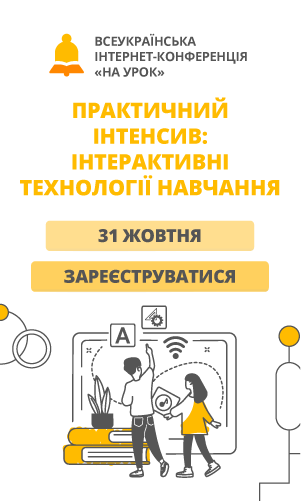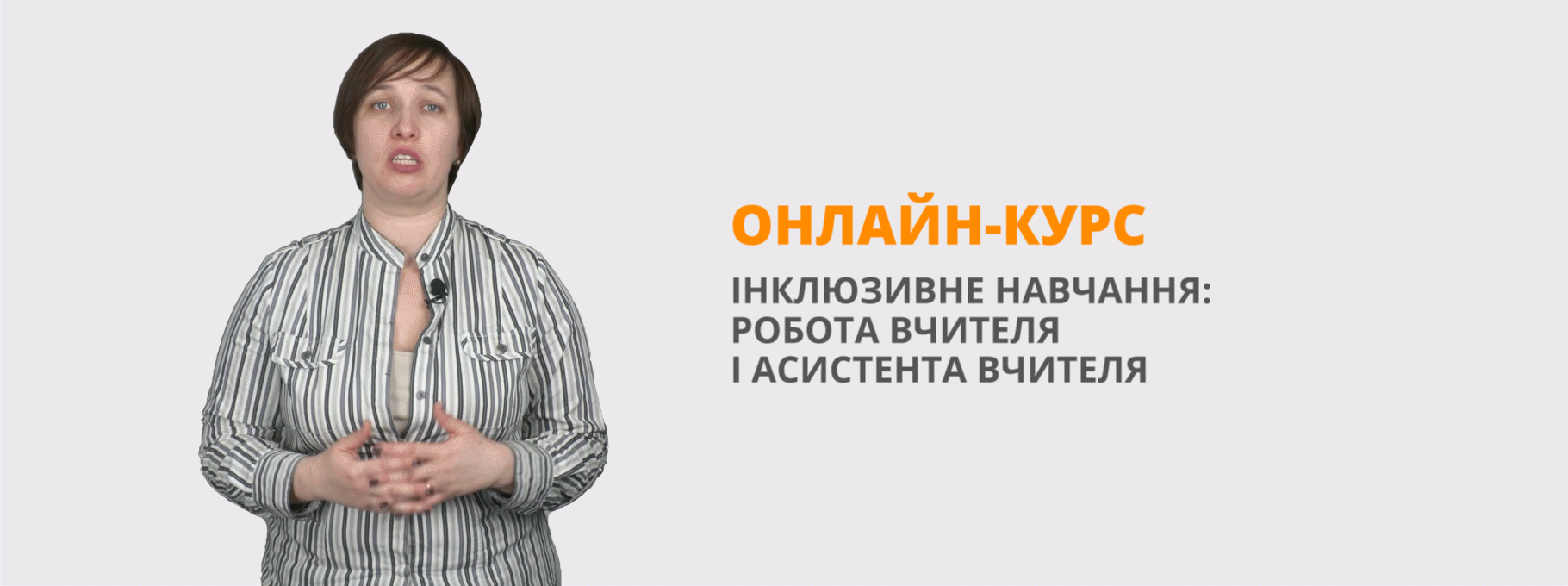Lesson “Seasons. Winter. Clothes”. Пори року. Зима. Одяг.
План-конспект уроку.
Мета уроку:перевірити уміння учнів використовувати лексику з теми «Пори року. Зима. Одяг»;розрізняти Present Simple таPresent Continuous; вживання ступенів порівняння прикметників.
Lesson “Seasons. Winter. Clothes”. Пори року. Зима. Одяг.
Клас: 5
УМК: Англійська мова. 5 клас: підручник для загальноосвітніх навчальних закладів. (За О.Д.Карп’юк )
Тема: «Seasons. Winter. Clothes».
Місце уроку в учбовому плані: урок №10
Тип уроку: комбінований
План-конспект уроку.
Мета уроку:перевірити уміння учнів використовувати лексику з теми «Пори року. Зима. Одяг»; розрізняти Present Simple та Present Continuous; вживання ступенів порівняння прикметників.
Задачі:
Пізнавальні:
- перевірити рівень мовної та мовленнєвої компетенції учнів за темою.
- Порівняти часи Present Simple та Present Continuous на прикладі речень, що включають прислівники always та now.
Розвиваючі:
- Перевірити навички аудіювання та мовлення з теми.
- Для перевірки лексики з теми створювати мовні ситуації.
- Розвивати навички роботи з інтерактивним обладнанням.
Виховні:
- Розвивати уміння працювати в команді та парах, розвивати почуття взаємодопомоги.
Режим роботи: фронтальний, індивідуальний, парний, груповий.
Хід уроку «Seasons. Winter. Clothes».
Greeting: T: Good morning! I am glad to see you.
P: Good morning! I am glad to see you too.
Aim: Today we’ll check if you remember the topical vocabulary and grammar well, check your skills in listening comprehension and speaking on the topics «Seasons. Winter. Clothes».
Answer my questions, please:
What season is it now?
What winter months do you know?
What is the first winter month?
What is the weather like in winter?
What can children do in winter?
Look at the blackboard and guess what clothes people wear.
We wear them to keep our heads warm…………………..(hat)
It has buttons, ahem to r collar, sleeves………………………………..(Blouse, shirt)
We wear them to keep our hands warm……………………………(Gloves, mittens)
We wrap it around our neck in autumn and winter…………..(scarf)
We wear them on our feet under shoes…………………………..(socks)
Trousers or a skirt with a matching jacket is called a …………(suit)
Women and girls wear them……………………………………………..(skirt)
We wear it on top of our clothes to rttp us warm in cjld or frosty weather.(coat)
Listening Comprehancion: “ Snowflakes are falling”.
Pre-listening activity:
Look at the blackboard. Pay attention to the unknown words.
Snowflakes
Droplets
Bit
Solid
Separate
Answer my question, please. Do you like to play when it snows?
Now listen to the text:
The winter cloud is a mixture of water droplets. When they become very cold, they freeze into ice crystals. These crystals form around tiny bits of dirt in the atmosphere. So they are really small solid parts dressed in ice. Snowflakes are made of 2-200 * separate ice crystals. As crystals grow and stick to each other, snowflakes form. When they become heavy enough, they start to fall as snow.
Snow is a great air cleaner. It gets through the air of big cities and cleans it of smoke. After a snowfall the air becomes so fresh! Do you want to see it now? You can. A snowflake is falling for about 2 hours. And even the heaviest snowflakes fall at only *2 km/h. In winter snow covers the ground as a fur coat.
Look at the computer screen, listen to the text again and finish the sentences.
- The winter cloud is……..
- When they become very cold…………
- So they are really small solid parts…………….
- Snowflakes are made of 2-…………..
- They start to fall……………
- Snow is a great…………….
- It gets through the air of big cities and cleans it………….
- The air becomes so……….
- A snowflake is falling for about…………….
- And even the heaviest snowflakes fall at only………
- In winter snow covers the ground as…………..
Readind:
Pre-reading activity:
- What is the first day of the year?
- Do all the countries start the year on that day?
- Have you ever heard about the Chinese calendar?
You are divided into three groups. Each group should make the text out of separate sentences.
- In the most part of the world January is the first month of the year. Long, long ago the Romans had only ten months in the year. Then they added the eleventh month. They called this month Januarius, after the Roman god Janus. Janus was a very important god. Romans showed him with two facts. One face looks to the future, the other looks to the past.
- February is the second and the shortest month of the year. Usually, it has 28 days. Dbt every fourth year the extra day is added. This year is called leap year. Februarius was the last month of the Poman year. On that month the Romans prepared themselves for the start of the new year, which began on March, 1.
- People often say, “March comes in like a lion and goes out like a lamb (ягня). It means that the weather at the beginning of March is often stormy, but at the end, it is mild. The name of the month comes from the name of the Roman god of war – Mars. Romans prepared to go off to the war in spring time. By the way, March was the first month of the year in ancient Roman times.
Relaxation Pupils recite the poem
Frosty Windows
When windows are frosty
And icy in places, I lire to write letters,
And draw funny faces,
Or flowers, or houses,
Or maybe a cat-
I really wish windows
Were always like that!
Grammar Practice:
Children, let’s compare using of Present Simple and Present Continuous.
What tense is it?
- It is snowing.
- The day is foggy.
- Usually I sledge in winter.
- It often rains in autumn.
- We are having an English lesson now.
Correct the mistakes:
- Winter the coldest season of the year.
- The scarf are warm and soft.
- We are make a snowman now.
- It raining now.
- February is the longest month.
- In summer the weather is frosty.
- Autumn is the warmest season.
- January is the first month of winter.
Translate from Ukrainian into English:
- Зима –улюблена пора року.
- До школи я зазвичай ношу шкільну формую.
- Вона не любить носити юбку та блузку.
- Я зараз годую пташок, тому що земля біла від снігу.
- Я збираюсь надіти мій жовтий плащ та зелені ботики.
- Я насолоджуюсь зимою – однією з найкращих пір року.
Summarizing: What did we do at the lesson? How do you like the lesson? Your marks are…
Homework: Open your day-books. Write down your homework: exercise 2 at page 170. Good bye. Enjoy the winter.


про публікацію авторської розробки
Додати розробку
